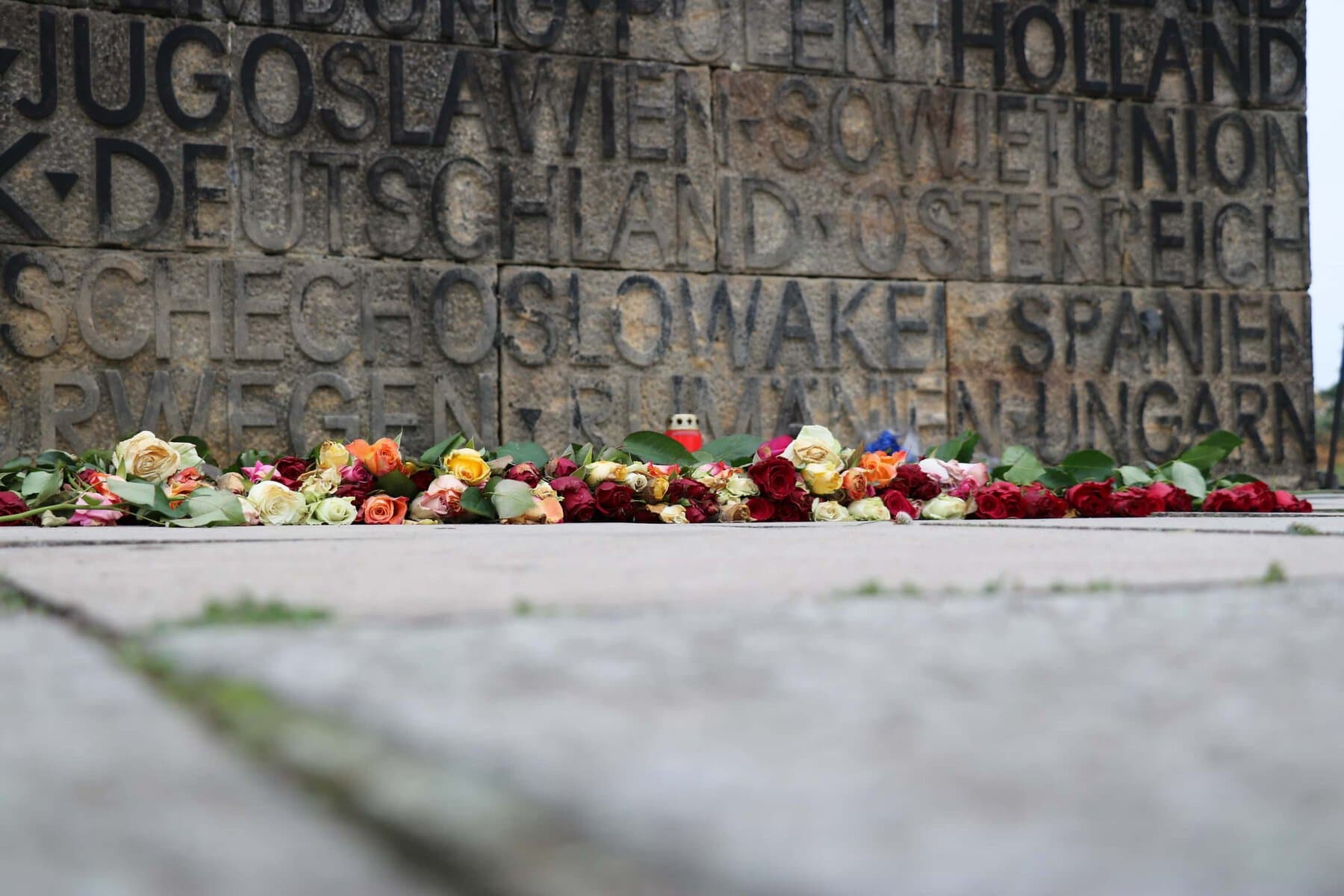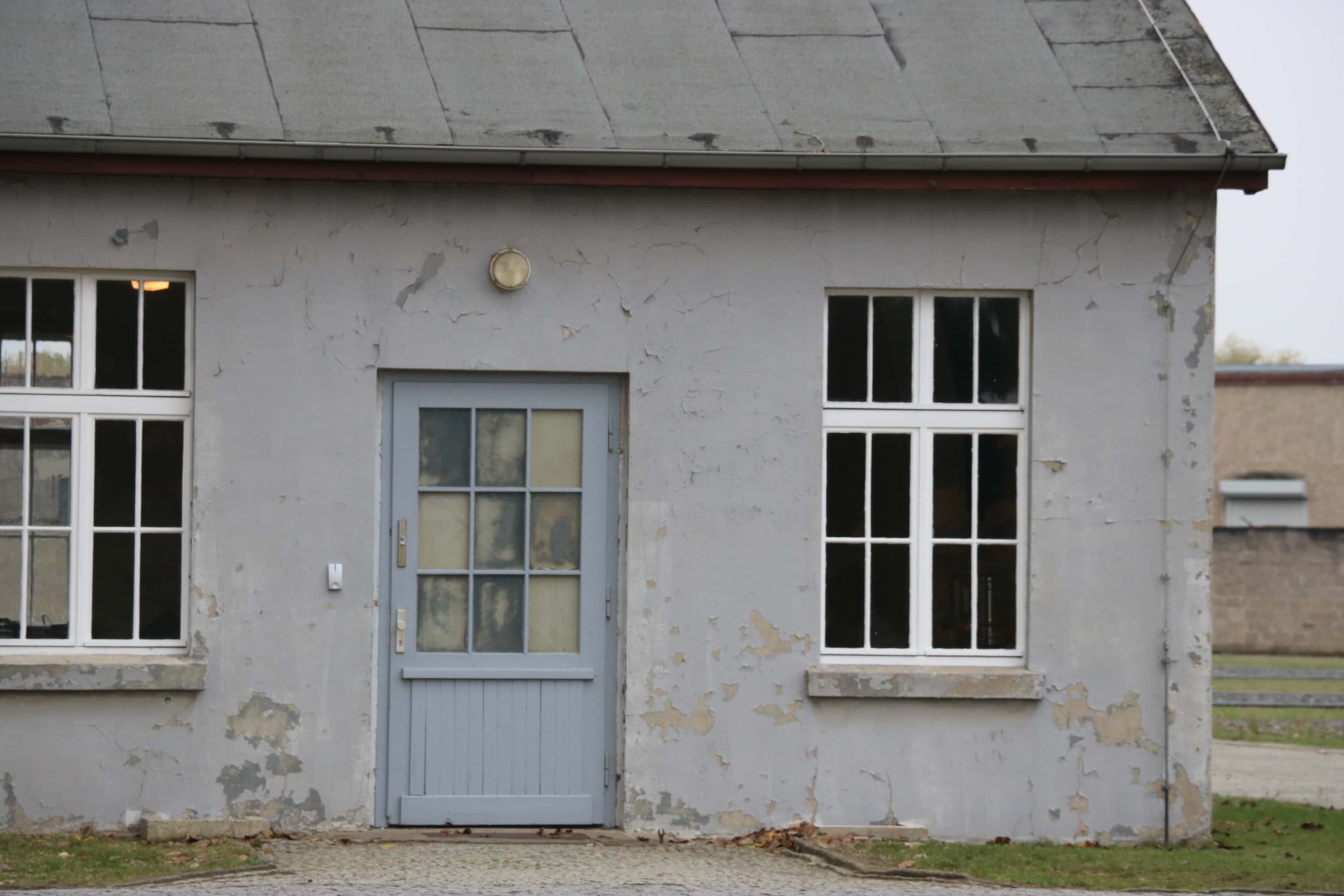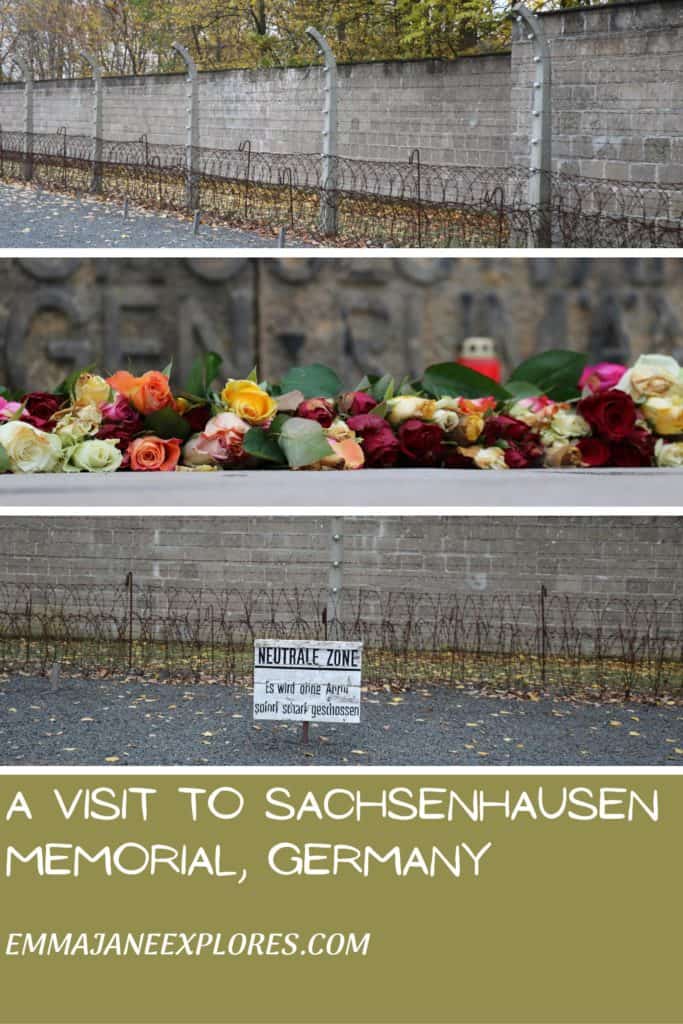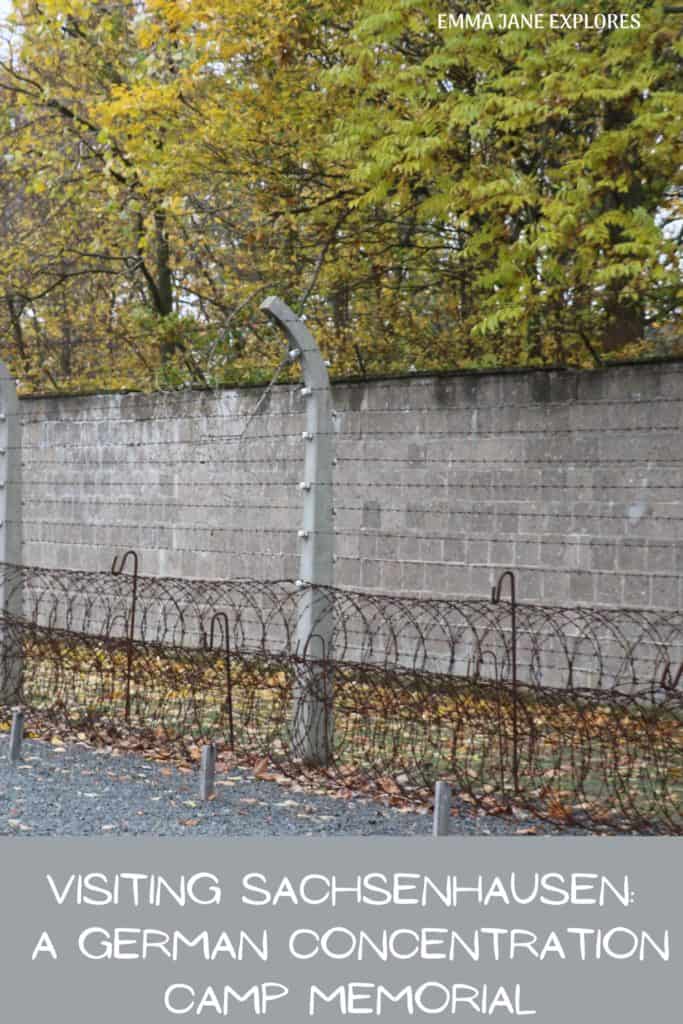Sachsenhausen: A Concentration Camp Memorial

Walking up to the grey, barbed walls of Sachsenhausen Concentration Camp a leaden feeling starts to make its way into my guts. Here I am, freely walking into what was once a Nazi concentration camp, mentally steeling myself for the inevitable horror stories I am about to hear.
What is the Sachsenhausen Memorial?
Sachsenhausen Camp is now a stark memorial, with a history of misery both under the Nazi regime and the Soviet occupiers after World War Two. In operation as a Nazi prison camp from 1936 to 1945, this camp formed a kind of prototype for other Concentration Camps under the regime and was used to house some of the most important political prisoners of the time.

Sachsenhausen was not considered a ‘death camp’ like Auschwitz, but even with its ‘non-extermination’ establishment status, there is a gas chamber and crematorium on site and the ground in these areas are still covered with flowers and photos of the prisoners who lost their lives here.

This is a harrowing experience, but an important one to have, particularly for those trying to come to grips with Germany’s past. I’ve spoken before about the way that Berlin presents memorials and reminders around the entire city to mourn and memorialise the people who lost their lives and were persecuted under the Nazi regime. Here at Sachsenhausen, I am walking on one of the very sites where this persecution, devastation and loss of life occurred trying to make sense of it all.

Trudging down the road, as the prisoners did many years ago, to enter the camp feels strange and eerie and the beauty of the golden autumn leaves waving on the tree branches does little to allay this feeling of unrest. Barbed wire adorns the tops of the concrete and barred walls and despite the wide-open space, I begin to feel claustrophobic.

Before entering through the camp’s infamous iron gate, I stop for a moment in the leafy sculpture memorial area where I feel a sense of tranquillity and poignancy in amongst the trees. Here is a place of quiet reflection and I take a moment to prepare myself for the stark contrast of the camp exploration to come.

The iron gate of Sachsenhausen stands stoically in front of me. The words ‘Arbeit Macht Frei’ loom large in wrought iron– the same slogan as written on the gates of Auschwitz where over a million people died during the Nazi era. At Sachsenhausen, around 100,000 people are estimated to have died, however a lot of prisoners were sent on to their deaths at Auschwitz after a stint at Sachsenhausen. As I walk through this gate, I think of the many hundreds of thousands who also walked this path, often to their death.

Inside the camp is sparse as much was destroyed after the closure. Outlines on the ground indicate where buildings once existed, and the remaining prison quarters and buildings are grimy, pokey and its immediately evident why death and disease were so prominent.

Around the corner from the main yard is the crematorium and razed gas chamber area, which is overwhelmingly confronting. There isn’t much of it left standing but walking around the crumbled bricks that once formed the gas chambers and ovens that killed so many, I feel grossly uncomfortable and a sense of anger washes over me that people can be so cruel.

It’s fitting, too, that as I walk around the camp that it is freezing, grey and raining on and off. It only adds to my discomfort and I remind myself that the people who were here imprisoned didn’t have the woolly beanie or duck-down coat that I’m thankfully clothed in to get them through the German winter.
As I said before, this is a harrowing experience. Whilst I totally believe that it is important to see, I will caution anyone who is not having a great day to put off your visit until you’re in the right headspace to deal with it as it’s very confronting. Also for families, be wary of your children and make sure they are going to be OK – this is a long day and it could be a lot for your little ones to deal with.

After spending half a day wandering the grounds and learning all I can about the history of this miserable place and the people who perished, I admit that I am feeling overwhelmed. As I walk my way back to the Oranienburg station to return to Berlin, my mind is racing, still struggling to comprehend what I have just experienced and make sense of my emotions.
Like this post on whether Sachsenhausen is worth visiting?
Pin to save it for later

